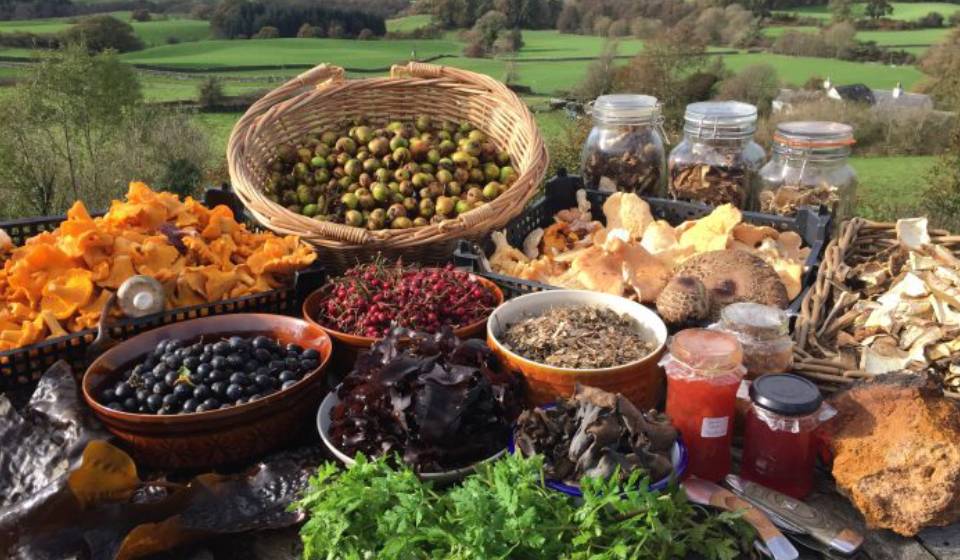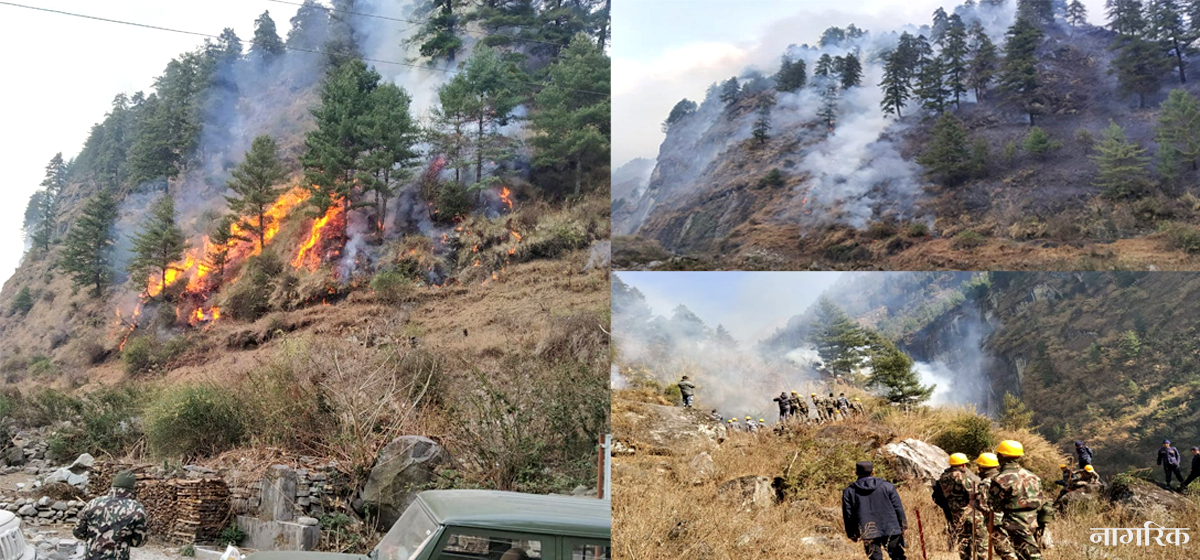
OR
Editorial
Preserving Indigenous Crop Varieties for Food Security
Published On: September 4, 2023 07:30 AM NPT By: Republica | @RepublicaNepal

Myagdi, a district nestled amidst the breathtaking landscapes of Nepal, is currently facing a crisis that threatens not only its rich agricultural heritage but also poses a significant risk to the country's overall food security. Recent reports from the Agriculture Knowledge Center in Myagdi have raised an alarming red flag - 97 varieties of indigenous crops are on the brink of extinction in this region. This disturbing trend, which has been unfolding over the past decade, is driven by a combination of factors, including illegal harvesting, changing agricultural practices, and a lack of government support for indigenous crop preservation. Myagdi, like many other parts of Nepal, has long been celebrated for its genetic resources and biological diversity. However, the imminent disappearance of these valuable indigenous crops, including high-altitude herbs, specific flowers, and plants of great biological importance, is not just a local concern but a national issue that demands our immediate attention.
One of the primary reasons behind this concerning development is the shift away from indigenous seeds in favor of imported ones. Traditionally, our farmers used to store seeds of crops like pumpkin, cucumber, and bottle gourds on their house walls for the next planting season, ensuring the continuity of these vital crops. However, this practice has dwindled, and farmers have stopped preserving local seeds for future use. This shift in seed preference has a direct correlation with the decline of indigenous crop varieties. While the government has initiated programs aimed at promoting indigenous crops such as gaily, millet, latte, and kaguno (foxtail millet), the surge in imports of unhusked rice, millet, and rice from various countries, including India, is a matter of grave concern. It is disheartening to witness the gradual fading away of traditional crops like buckwheat, latte, barley, and foxtail millet from our local cuisine. The commercial production of these crops has diminished significantly, leading to their disappearance from our dining tables.
It seems that the lack of awareness among farmers regarding government subsidies for cultivating indigenous crops exacerbates the problem. Despite the government's good intentions through initiatives like the Prime Minister Agriculture Modernization Project, farmers seem disinterested in growing indigenous varieties. This apathy towards our native crops is a cause for great concern, as it threatens the cultural and culinary diversity that has been cherished for generations. Experts have pointed out that hybrid vegetable seeds are steadily replacing indigenous crops, further contributing to their decline. The allure of these hybrid varieties, coupled with a lack of awareness about the importance of preserving indigenous crops, has led to a situation where our traditional agricultural practices are under threat. One notable example is the import of waxy corn from China, which has displaced the indigenous variety of corn in Nepal. This imported corn, favored for its sweet taste when consumed boiled, has been available for over a decade and has found its way into Nepali restaurants. While it's not inherently wrong to embrace culinary diversity, it should not come at the cost of losing our native crops.
The situation becomes even more concerning when we consider the broader context of food security in Nepal. The changing food consumption patterns, characterized by a declining preference for indigenous grains and crops, pose a significant threat to our nation's food security. As more and more people leave the country in search of overseas employment opportunities, fewer individuals are involved in farming activities. This shift in demographics makes it imperative for us to take proactive measures to protect and revive our indigenous crop varieties. The alarming decline of indigenous crop varieties in Myagdi is a wake-up call for all of us. Preserving our indigenous crops is not just a matter of safeguarding our agricultural heritage; it is a step toward ensuring food security, promoting sustainable farming practices, and preserving the cultural richness of our nation. The time to act is now, before it is too late.
You May Like This

Ensuring Food Security in Nepal
While the decision to import one million tons of paddy and 100,000 tons of rice is undoubtedly a positive step... Read More...

Govt to recall thousands of PSOs to deploy them to check cross-border movement
KATHMANDU, April 15: Ministry of Home Affairs has instructed both of police institutions to call back security personnel involved in... Read More...




Just In
- Govt urges entrepreneurs to invest in IT sector to reap maximum benefits
- Chinese company Xiamen investing Rs 3 billion in assembling plant of electric vehicles in Nepal
- NEPSE inches up 0.07 points, while daily turnover inclines to Rs 2.95 billion
- Gandaki Province reports cases of forest fire at 467 locations
- Home ministry introduces online pass system to enter Singha Durbar
- MoLESS launches ‘Shramadhan Call Center’ to promptly address labor and employment issues
- Biratnagar High Court orders Krishna Das Giri to appear before court within one month in disciple rape case
- Ilam by-election update: UML candidate Suhang maintains lead













Leave A Comment